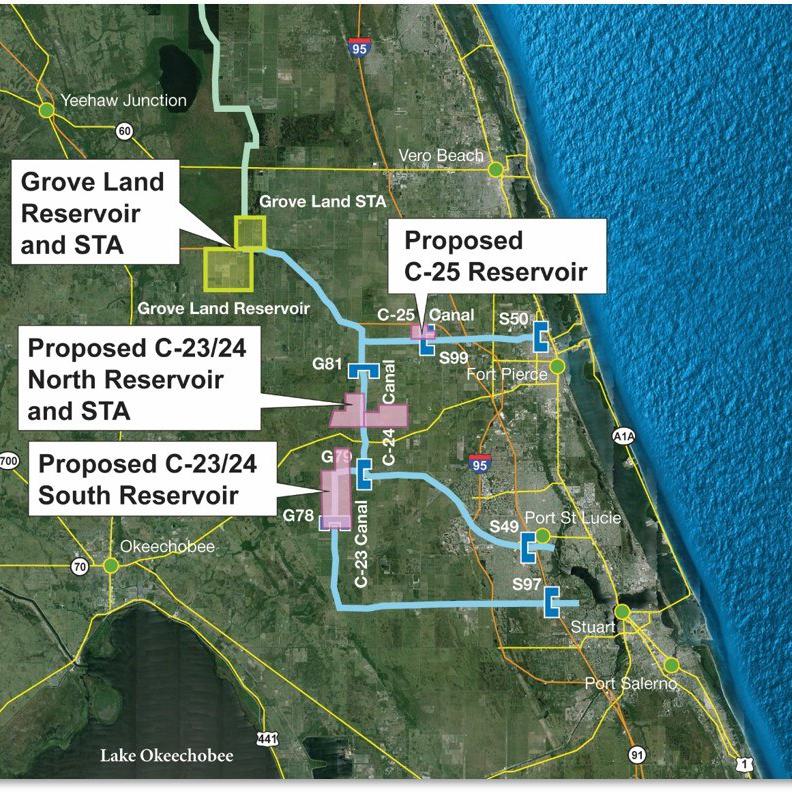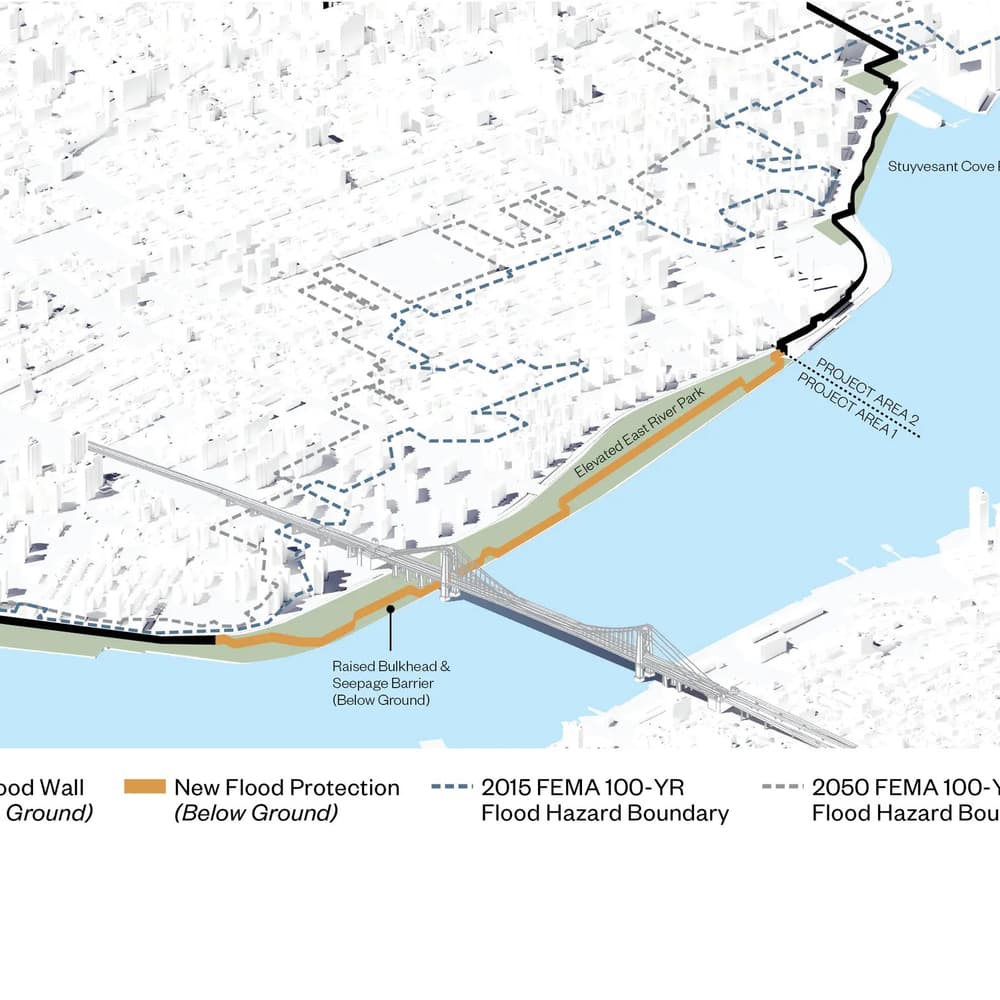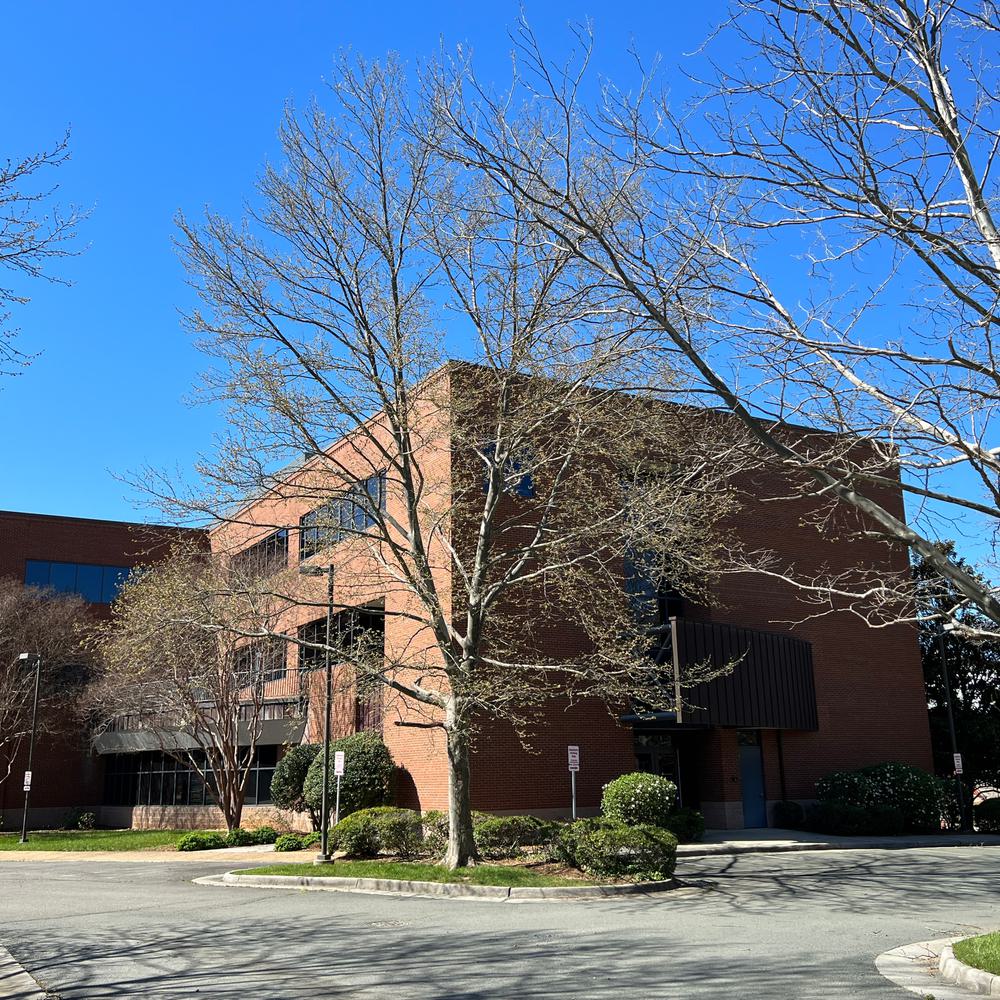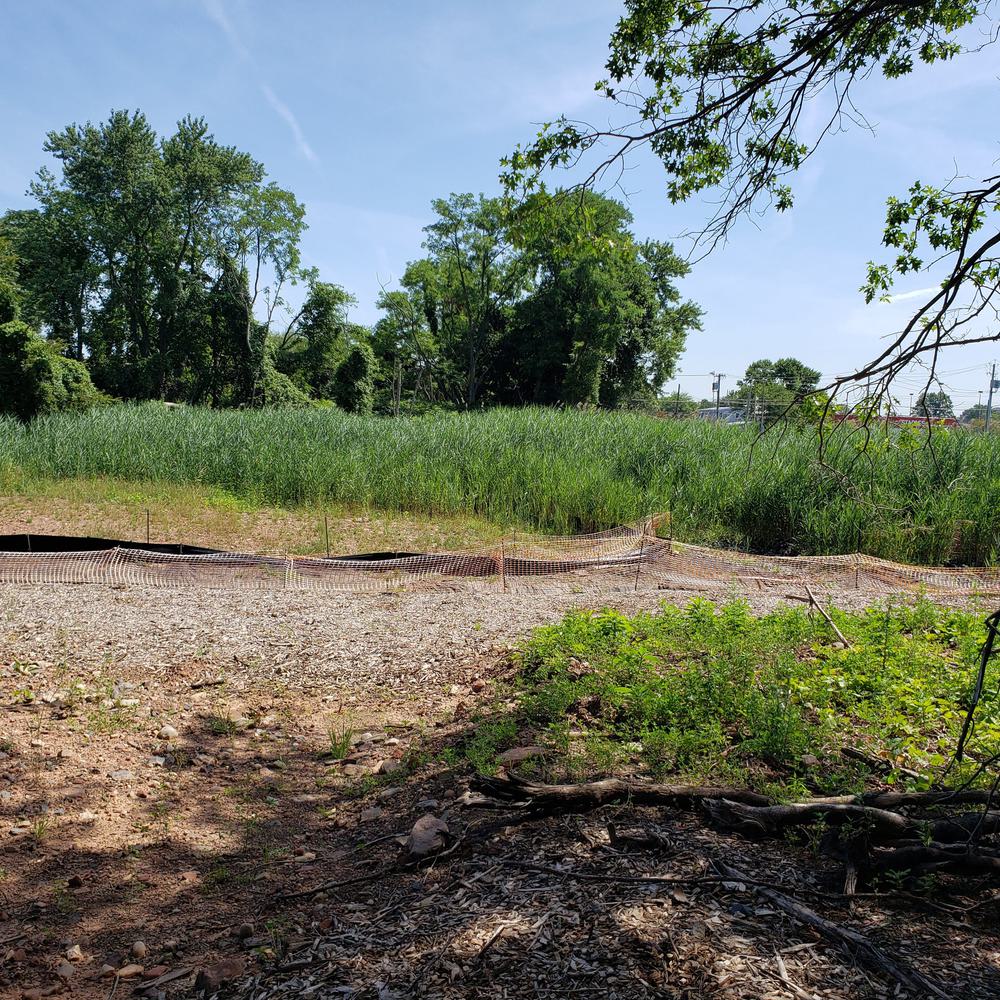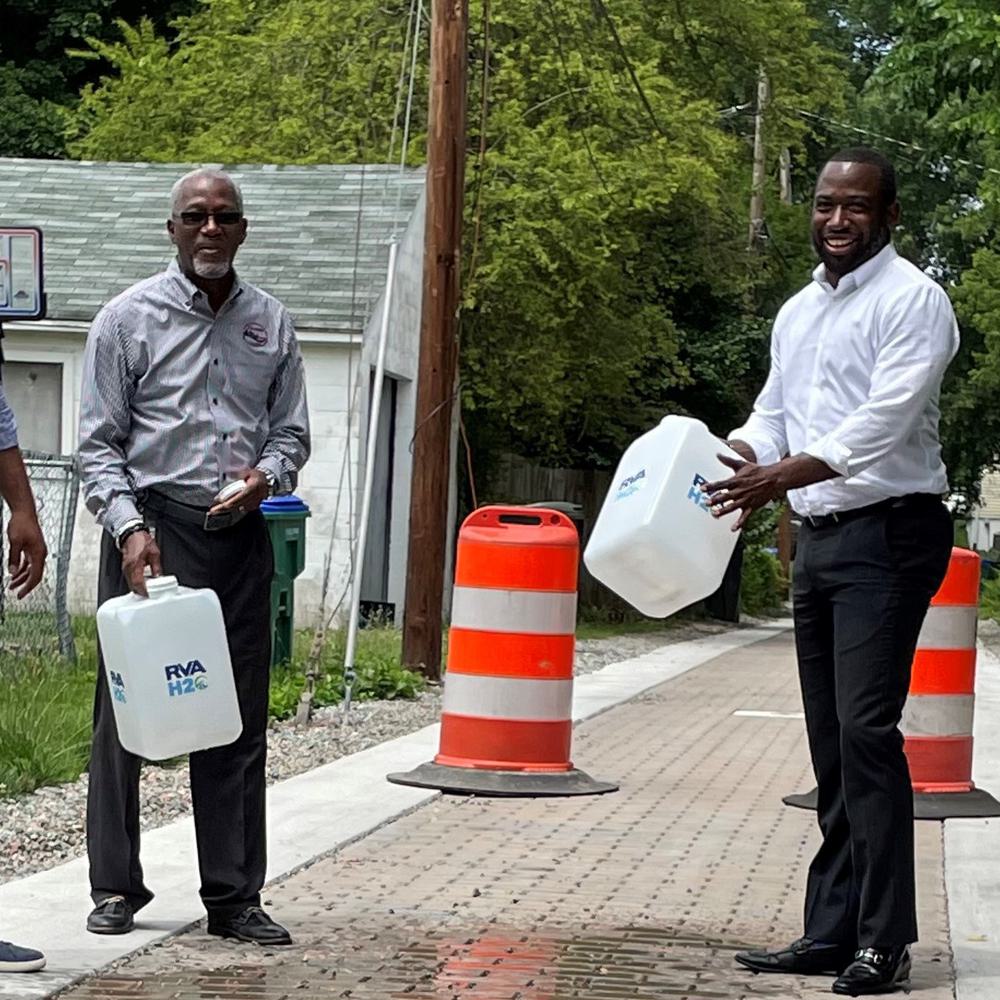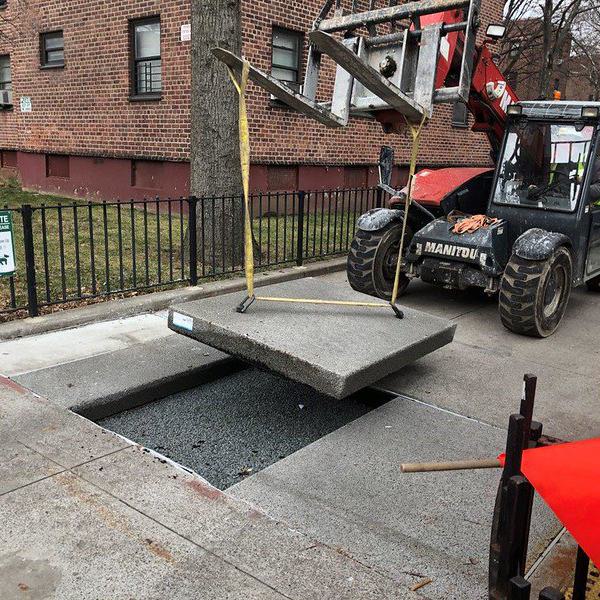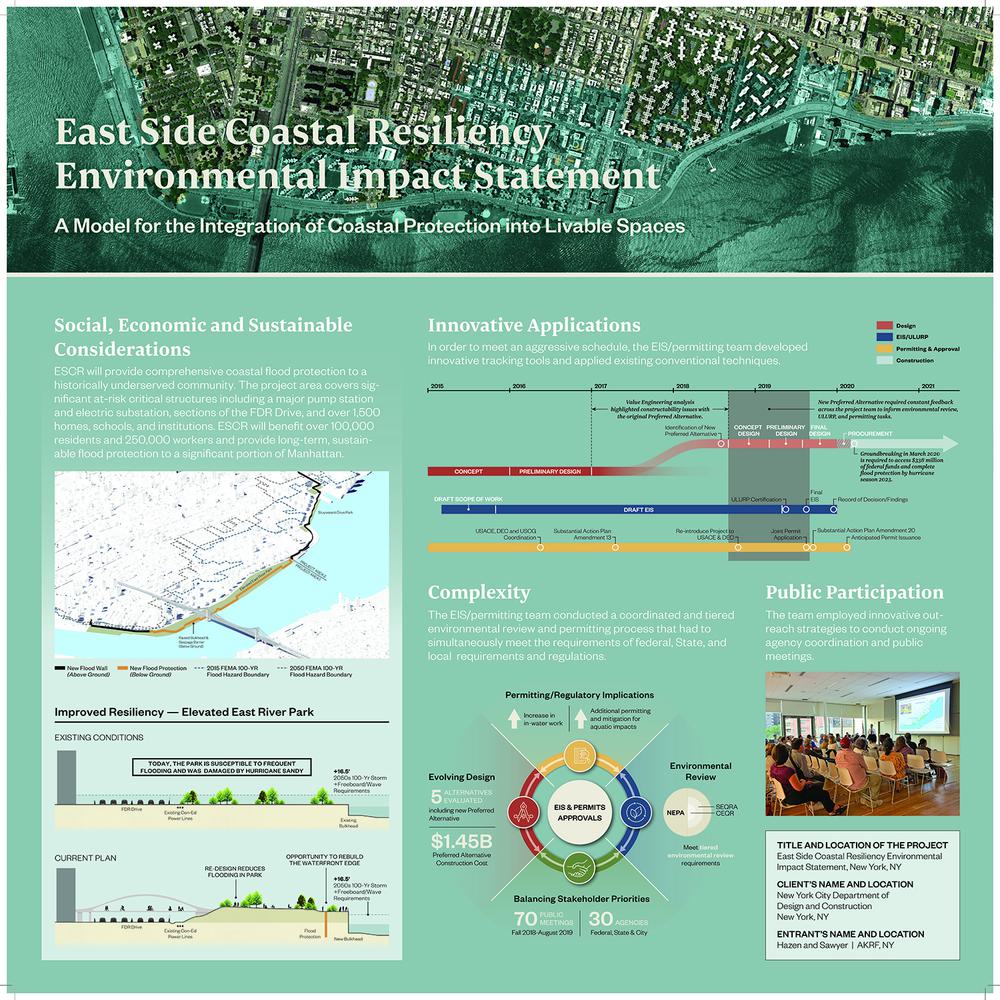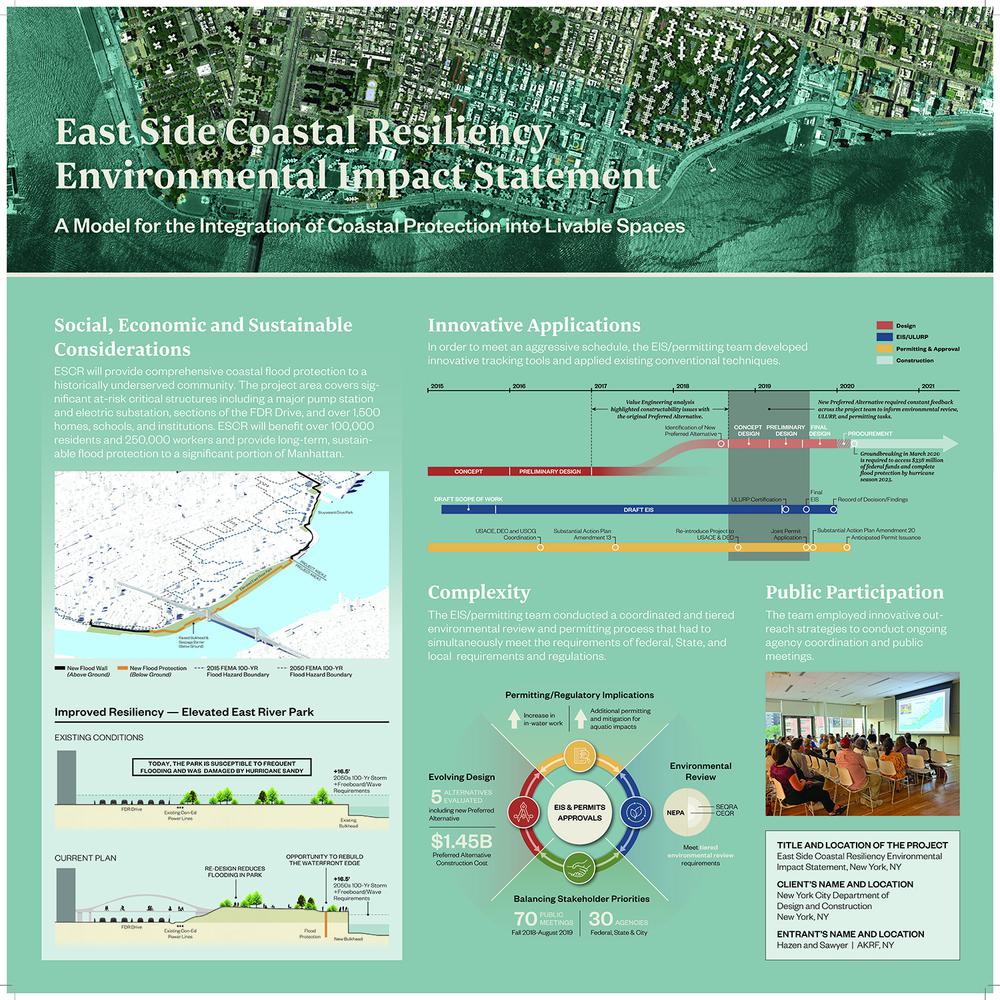Upper Watts Branch Forest Preserve Stream Restoration
Hazen and Sawyer helped The City of Rockville with restoration of the preserve, including re-establishment of a forested wetland, and over 2,200 linear feet of stream restoration and outfall stabilization.
The Upper Watts Branch Forest Preserve is located between several residential neighborhoods near Woodley Gardens within the City of Rockville. The Forest Preserve is frequently accessed and highly valued by the community for its natural beauty, access to Upper Watts Branch, and opportunities for trail walking and exploration. Urbanization and concentration of stormwater flows led to increased erosion and degradation of the waterways within the Forest Preserve, along with exposure of sanitary sewer, drinking water, and stormwater infrastructure. The City of Rockville selected Hazen, along with our design partner Charles P. Johnson, to evaluate environmental and ecological conditions, identify opportunities for ecological restoration and uplift, and determine risk to exposed assets within the Upper Watts Branch Forest Preserve. The project team identified multiple ecological restoration opportunities including re-establishment of a forested wetland, and over 2,200 linear feet of stream restoration and outfall stabilization.

Tim Schueler specializes in the restoration of heavily degraded urban streams with limited site area access.
Related Topics:
Restoring Tributaries
Urbanization and concentration of stormwater flows led to increased erosion and degradation of the waterways within the Forest Preserve.

Project Outcomes and Benefits
- Quantified wetland functional uplift by transitioning an existing meadowed wetland to forested wetland through plantings of native species.
- Estimated the economic value of the Preserve’s existing streams and buffers, the maintenance costs associated with not stabilizing the worst erosion areas, and the economic value of restoring environmental function within the impaired stream system.
- Designed 2,066 feet of stream restoration, including repair of three failing stormwater outfalls and the protection of exposed sanitary assets, through an interactive public task-force process that included 15 public meetings and presentations to community stakeholders.
- Maximized the Chesapeake Bay nutrient credits generated by this project to help satisfy the City’s MS-4 requirements.
- Utilized natural channel design methods in lieu of more costly infrastructure removal and replacement.
- Provided construction management support and observation services, with typical 24-hour or less turnaround on needed field engineering decisions. No change orders were required during construction involving an increase to total cost.
Analysis: Hazen evaluated 10,400 linear feet of stream and outfall channels within Upper Watts Branch in addition to an existing meadowed wetland. The Watershed Assessment of River Stability and Sediment Supply Methodologies (WARSSS) was used to document existing stream conditions and identify potential stable form. Stormwater outfall channels were evaluated for restoration using the Step Pool Storm Conveyance (SPSC) methodology developed by Anne Arundel County, MD. Where site conditions restricted the use of the SPSC methodology, other outfall stabilization measures were implemented. Exposed and at-risk infrastructure were protected utilizing cost-effective long-term protection strategies including natural channel design methods in lieu of more costly infrastructure removal and replacement methodologies.
Outfall Restoration
Stormwater outfall channels were evaluated for restoration using the Step Pool Storm Conveyance (SPSC) methodology developed by Anne Arundel County, MD.

Design: The project team identified multiple ecological restoration opportunities including re-establishment of a forested wetland, and over 2,200 linear feet of stream restoration and outfall stabilization. Exposed assets including sanitary sewer pipes and manholes, drinking water pipes, and stormwater outfalls were evaluated for internal conditions where applicable for internal repair or rehabilitation (CIPP, cementitious lining), external stabilization and protection (armoring), and relocation away from the erosive forces within the stream environment. Hazen developed asset protection and stream restoration designs for each site based on Priority I-IV stream adjustments to restore stable channel form and function while providing cost-effective long-term protection for existing sanitary, drinking water, and stormwater infrastructure. The Natural Channel Design approach was backed with engineered hydraulic stream flow modeling and incorporated hard and bio-engineered features to stabilize the channel and provide aquatic and ecological uplift. Extensive planting plans were created for each project area.
Public Outreach and Permitting: Hazen worked collaboratively with the City of Rockville to integrate a community public task-force into the restoration project and obtain stakeholder buy-in. Hazen estimated the economic value of the Preserve’s existing streams and buffers, the maintenance costs associated with not stabilizing the worst erosion areas, and the economic value of re-storing environmental function within the impaired stream system. We also maximized the Chesapeake Bay nutrient credits generated by this project to help satisfy the City’s MS-4 requirements. Hazen gained 401/404 Waters of the US and wetlands permits and 100-year floodplain permitting. The plans complied with the Maryland Forest Conservation Law and exceeded local grading and sediment and erosion control requirements.
Construction Management: Hazen provided construction management and on-site technical expertise to the City of Rockville. Hazen worked closely with project stakeholders to ensure construction met the design intent visiting active project areas to review completed work, on-going installations, and discuss scheduled work. Where required, Hazen evaluated changes to field conditions and provided design redlines to ensure the constructability and long-term stability. Reuse of naturally occurring on-site resources such as trees and streambed material was maximized to reduce the carbon footprint and environmental impact of the project. Hazen met with the City Construction Managers and Contractors on-site to identify acceptable streambed material within the existing channel and developed a photo-guide to aid with future identification.
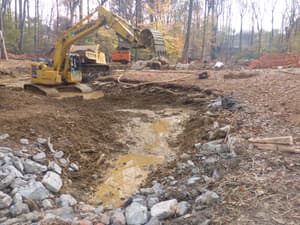
This project was recognized at the BUBBA Stream Restoration Awards.




